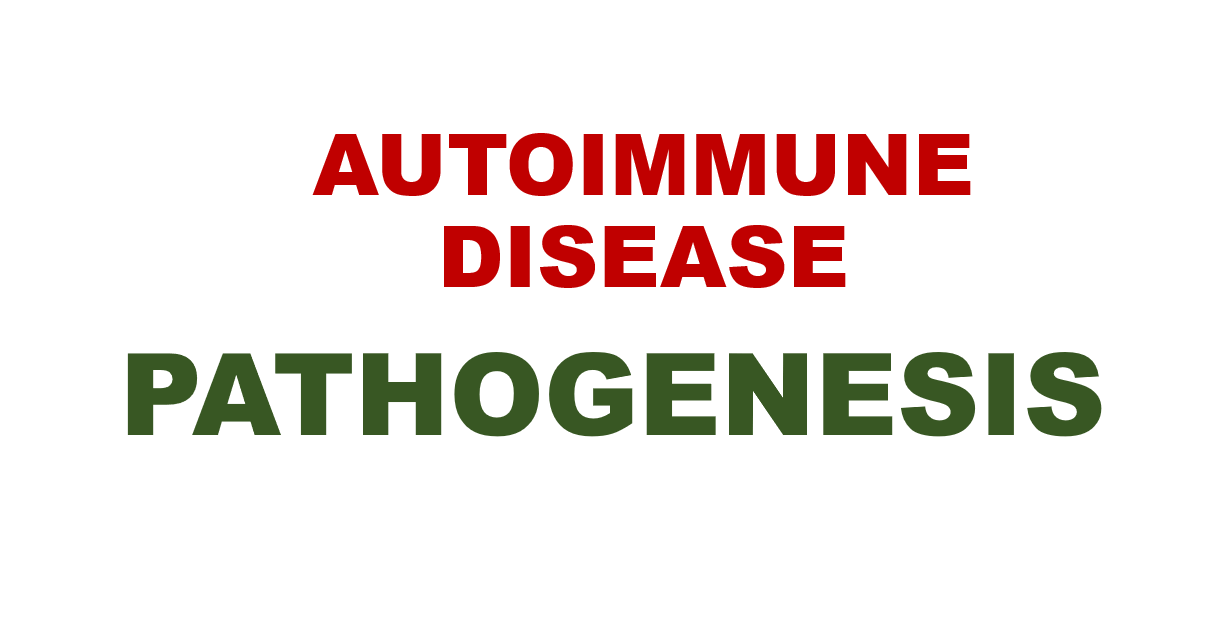Why do autoimmune diseases develop?
Autoimmune diseases develop when there is an imbalance between the activation of lymphocytes (immune cells) and the mechanisms that keep them from attacking the body’s own tissues. This imbalance can be caused by:
Inheritance of susceptibility genes.
Environmental triggers like infections and tissue damage.
How do susceptibility genes contribute to autoimmunity?
Susceptibility genes can break down the mechanisms of self-tolerance, leading to autoimmunity. Autoimmune diseases are more common in twins of affected individuals and are greater in identical twins than in non-identical twins, indicating a genetic component.
Which genes are associated with autoimmune diseases?
HLA genes: For example, HLA-B27 is associated with ankylosing spondylitis, and DQA1 is associated with celiac disease.
Non-HLA genes: For example, PTPN22 is linked with rheumatoid arthritis, NOD2 with Crohn’s disease, and interleukin-2 receptor gene polymorphisms with multiple sclerosis.
How do environmental triggers like infections contribute to autoimmunity?
Environmental triggers can:
Increase the expression of co-stimulators on antigen-presenting cells, activating self-reactive lymphocytes.
Share amino acid sequences with self-antigens (molecular mimicry), as seen in rheumatic heart disease.
Cause polyclonal B cell activation, producing various autoantibodies.
Release or structurally modify self-antigens, creating new targets for the immune system.
Increase cytokine production, recruiting self-reactive lymphocytes.
Why are autoimmune diseases more common in women?
Autoimmune diseases are more common in women, possibly due to the effects of hormones on immune cells and other factors, although the exact mechanisms are not well understood.
What are the general features of autoimmune diseases?
Autoimmune diseases are chronic and can have relapses and remissions. The damage caused by autoimmune responses is progressive and can expose hidden antigens, leading to further autoimmune attacks, a process called epitope spreading.
How are autoimmune diseases classified?
Autoimmune diseases can be classified into:
Organ-specific diseases: Target specific organs (e.g., autoimmune hemolytic anemia, myasthenia gravis, type 1 diabetes).
Systemic diseases: Affect multiple organs and tissues (e.g., systemic lupus erythematosus, rheumatoid arthritis).
What are some examples of autoimmune diseases mediated by antibodies?
Examples include:
Organ-specific: Autoimmune hemolytic anemia, autoimmune thrombocytopenia, myasthenia gravis, Goodpasture syndrome.
Systemic: Systemic lupus erythematosus, ANCA-associated vasculitis.
What are some examples of autoimmune diseases mediated by T cells?
Examples include:
Organ-specific: Type 1 diabetes, multiple sclerosis.
Systemic: Rheumatoid arthritis, systemic sclerosis, Sjogren syndrome.
Watch the video on our YouTube channel for a detailed explanation of pathogenesis of autoimmune diseases. Practice questions available through the AI study tool, wisdolia, for interactive learning.





